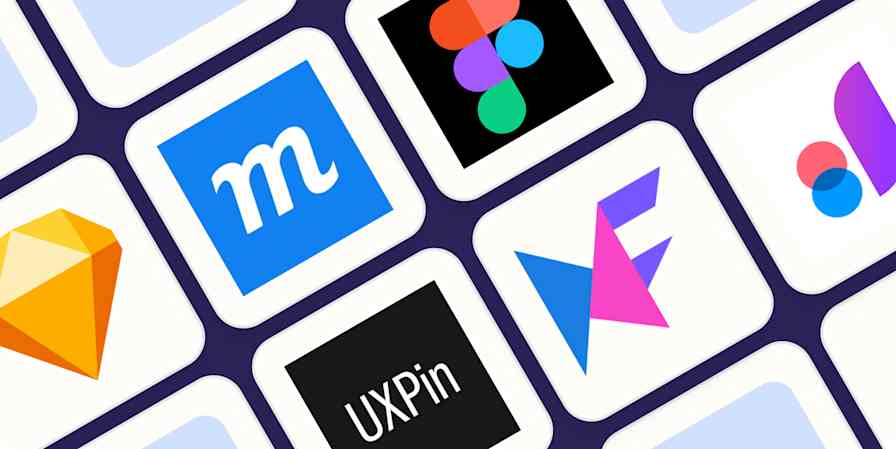Business tips
5 min readHow to Run a Design Studio in 90 Minutes or Less
By Al Abut · February 4, 2014

Get productivity tips delivered straight to your inbox
We’ll email you 1-3 times per week—and never share your information.
tags
Related articles
Improve your productivity automatically. Use Zapier to get your apps working together.







